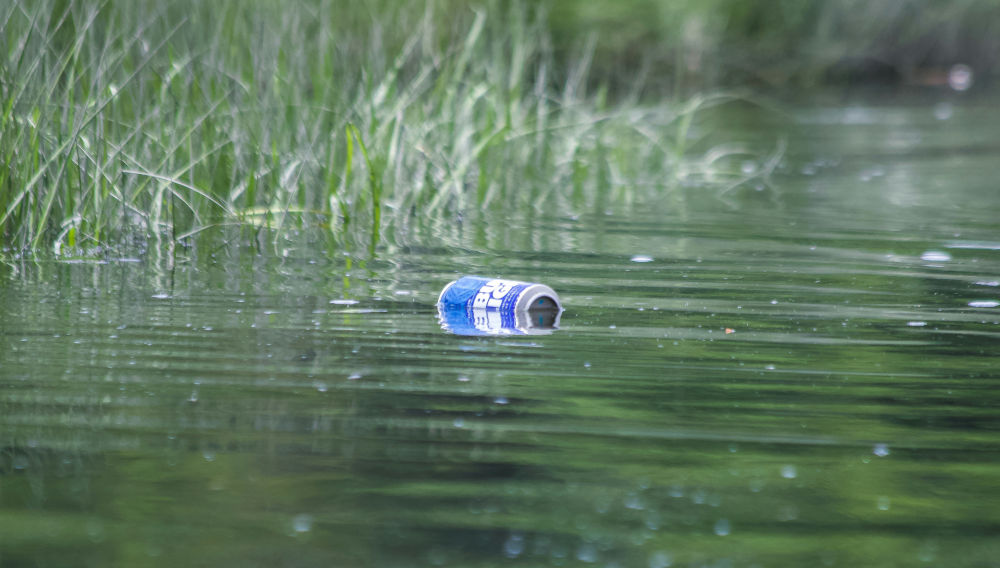Bud Light boycott: one year on
USA | You would have thought that one year after Bud Light’s ill-fated collaboration with a transgender activist the whole affair would be water under the bridge. Well, it is not.
AB-InBev’s marketers believed they were doing the right thing when they took a social stance to better resonate with younger, more socially-conscious audiences. On 1 April last year, Bud Light collaborated with the transgender influencer Dylan Mulvaney on a social media promotional post. It sparked a backlash from many conservative figures and groups, who called for a boycott (or “buycott”) of Bud Light. A prominent figure in the boycott was Kid Rock, a musician, whose video of him shooting at a pile of Bud Light beers, whipped the commentariat into a frenzy.
Kid Rock: dazed and confused
Funny that, on 4 April this year, the musician joined Fox News’ Laura Ingraham’s show, with a drink in hand and a Budweiser hat on his head. When asked why he sported the Budweiser hat after his notorious 2023 boycott of Bud Light (both brands are owned by the same company after all), Mr Rock appeared dazed and confused, eventually admitting to Ms Ingraham, “Man, we got … we got … I didn’t know what hat I was wearing.”
Mr Rock may believe that it is ok to drink Bud Light again, as he and Anheuser-Busch’s CEO Brendan Whitworth have since become great friends and have even partied together.
The aftermath
But the Bud Light malaise is far from over, according to a more sober analysis by the Harvard Business Review (HBR), published on 20 March. Not only has the boycott cost AB-InBev in excess of USD 1 billion in revenue in 2023. Bud Light sales continue to be down by 28 percent (by value) this year over the same period last year.
Few people would have anticipated the sustained hit to sales that Bud Light has endured, which made the HBR wonder, which factors can make a brand susceptible to extended boycotts.
Know your customer base
For one, Bud Light’s vast customer base is far more polarised in terms of politics than Modelo’s, Corona’s, and Heineken’s. These brands are on the whole more popular with Democrat-voting consumers. Therefore, Bud Light was in a particularly vulnerable position because taking a stance on any polarising issue could potentially alienate a large chunk of its customer base.
For another, Bud Light was susceptible to substitution by other premium beers. The HBR argued that “the decision to boycott Bud Light by switching to an alternative, like Coors Light or Miller Light, involves minimal sacrifice in terms of taste preference” and switching costs.
Changes in shelf space
A third factor contributing to the prolongation of the boycott was the retailers’ ensuing redistribution of scarce shelf space in stores. “As Bud Light lost visibility and accessibility in stores and bars, the opportunity for sales further diminished, creating a feedback loop that deepened the sales decline,” the HBR pointed out.
Finally, the extensive media coverage of the affair, not least Anheuser-Busch’s dragged-out response to it (putting the managers in charge on leave, the CEO’s ambiguous apology), kept the issue top-of-mind with consumers and may have led to longer-lasting changes in behaviour.
The lessons from the Bud Light boycott? According to the HBR, it is essential for brand marketers to know their consumer base and align their messaging accordingly, assess their vulnerability to close competitors, and avoid actions that will prolong negative attention in the media.
Keywords
USA international beer market consumer behaviour marketing company news corporate image
Authors
Ina Verstl
Source
BRAUWELT International 2024


